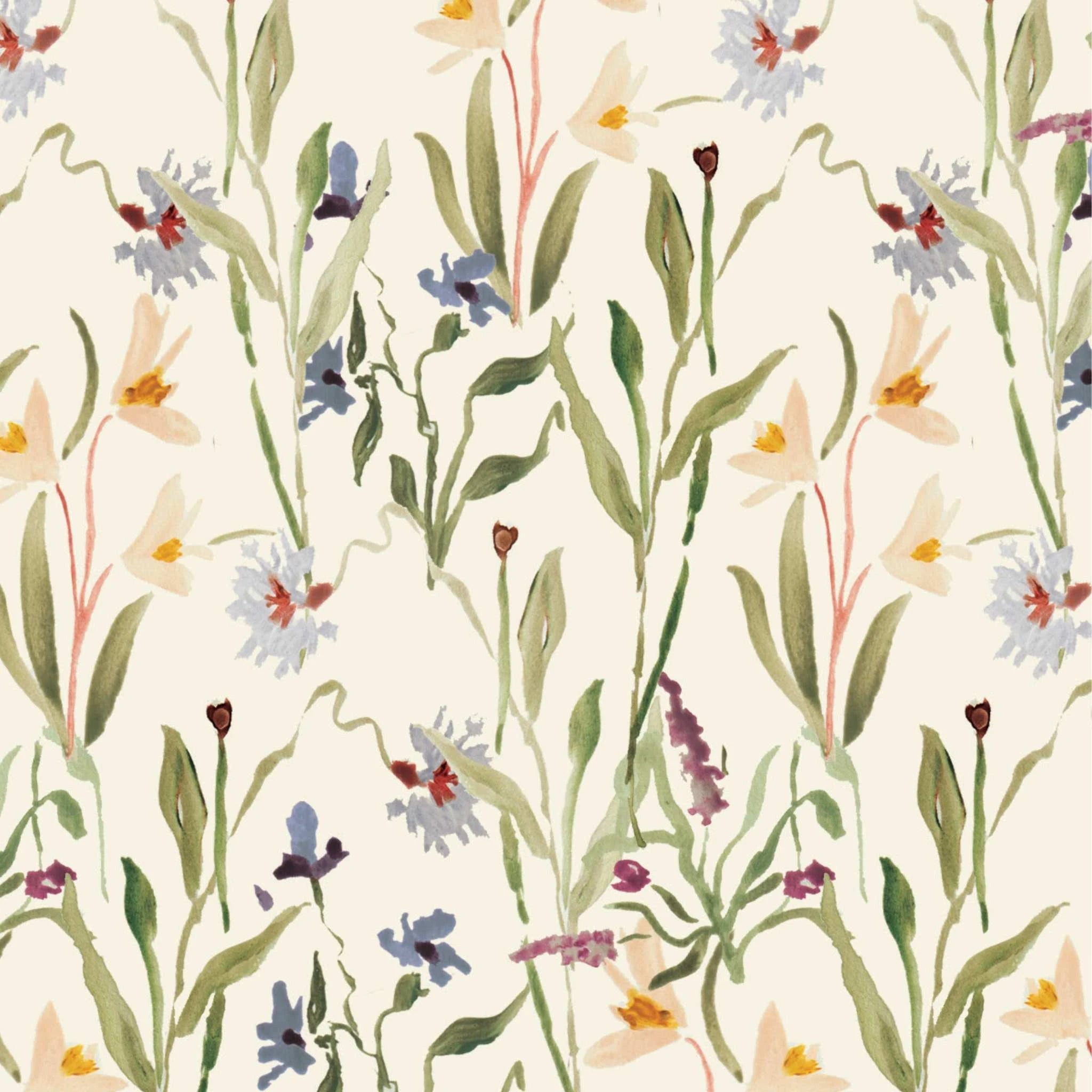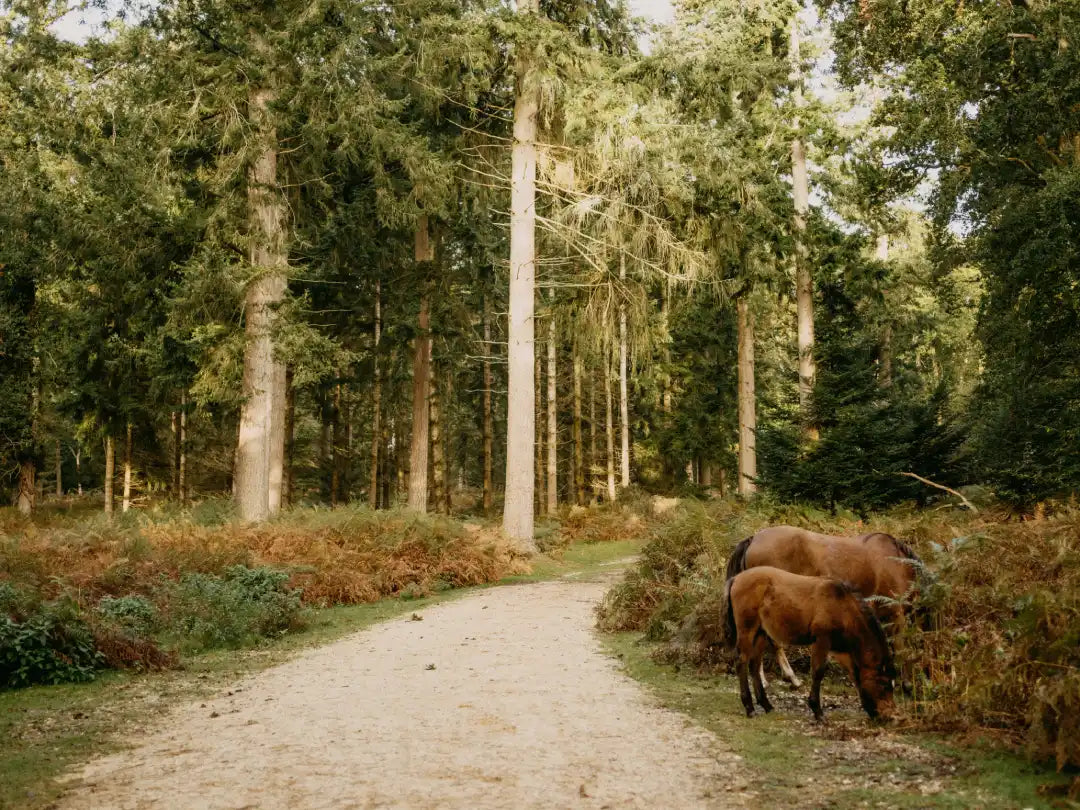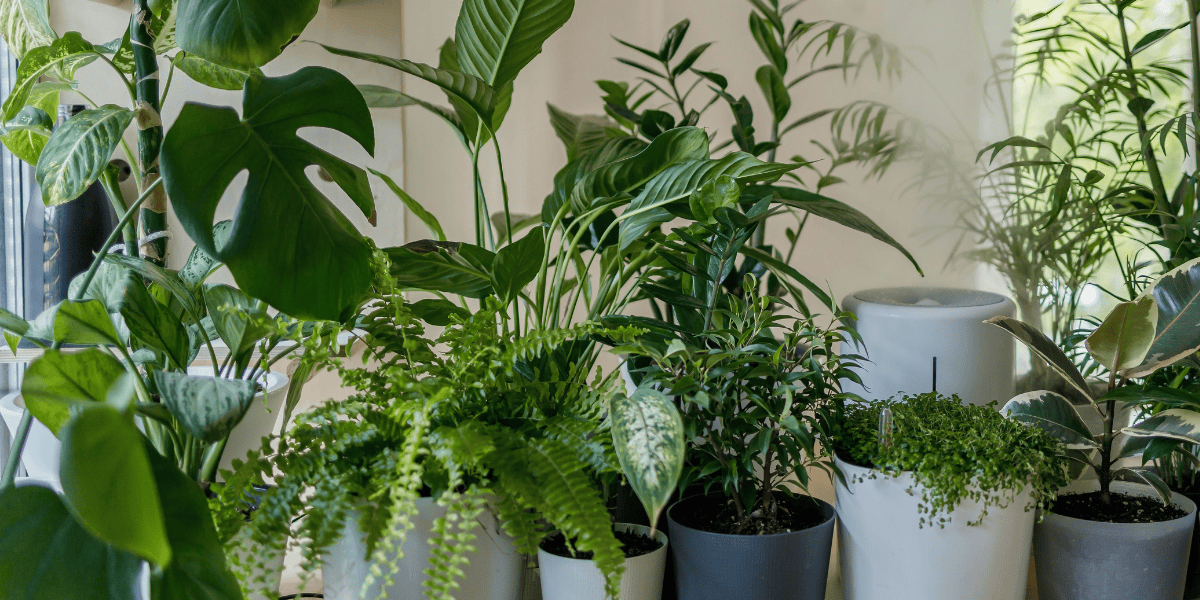Wildflowers, often admired for their delicate beauty, play a surprisingly vital role in rewilding initiatives. These plants, characterized by their colorful blooms and lightweight structures, may appear fragile. However, they possess remarkable adaptations that enable them to thrive in poor soil conditions, making them essential components of rewilding landscapes. This paradox of delicacy and resilience underpins the ecological significance of wildflowers and their capacity to foster biodiversity and restore degraded ecosystems.
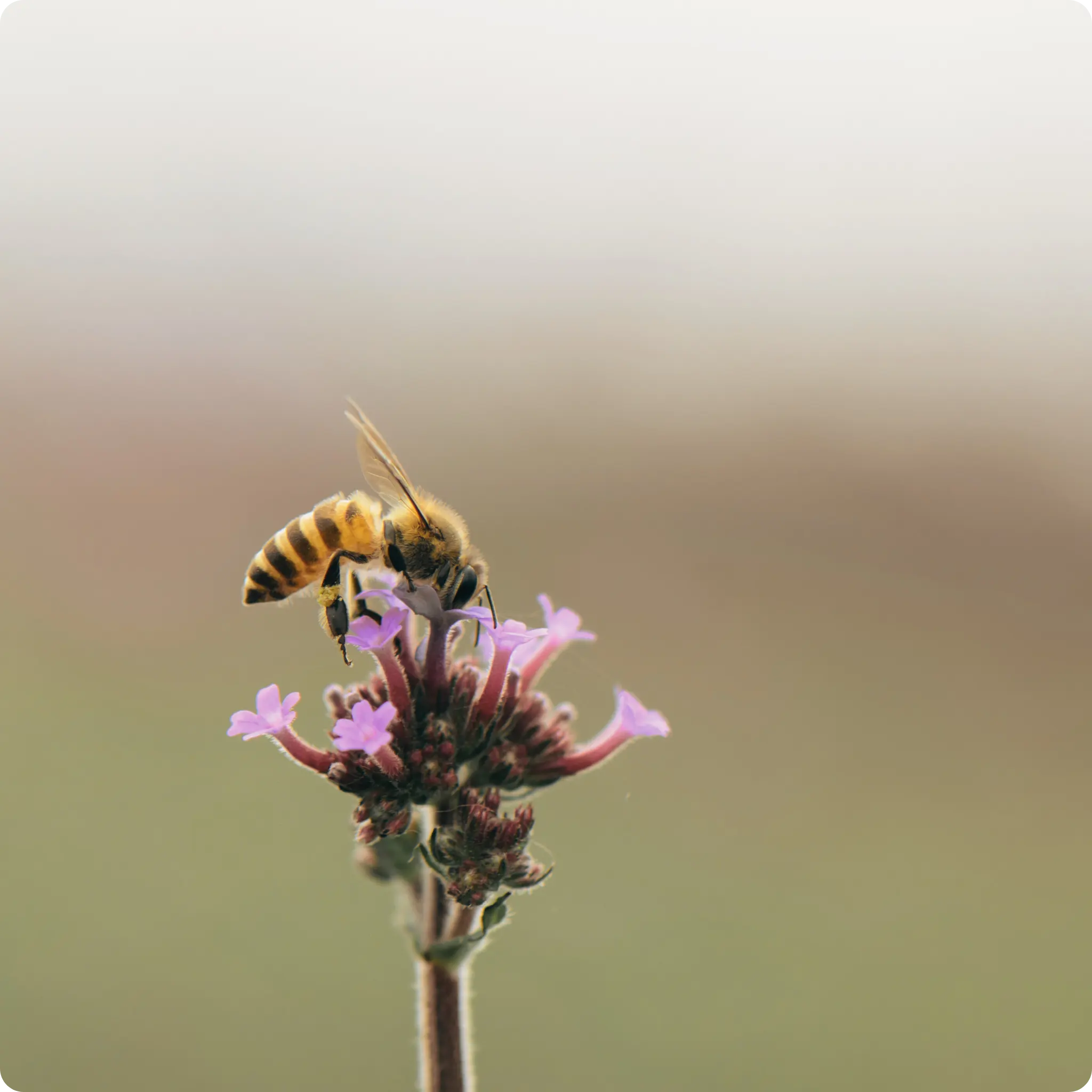
wildflowers as a keystone species in rewilding
Rewilding, an ecological restoration strategy, aims to return natural processes and biodiversity to degraded areas. In this context, wildflowers act as keystone species by supporting diverse pollinator networks. Their vibrant colors and abundant nectar attract pollinators such as bees, butterflies, and other insects, forming foundational links within trophic structures. The presence of wildflowers not only sustains pollinator populations but also facilitates the re-establishment of plant-pollinator mutualisms, which are crucial for ecosystem resilience.
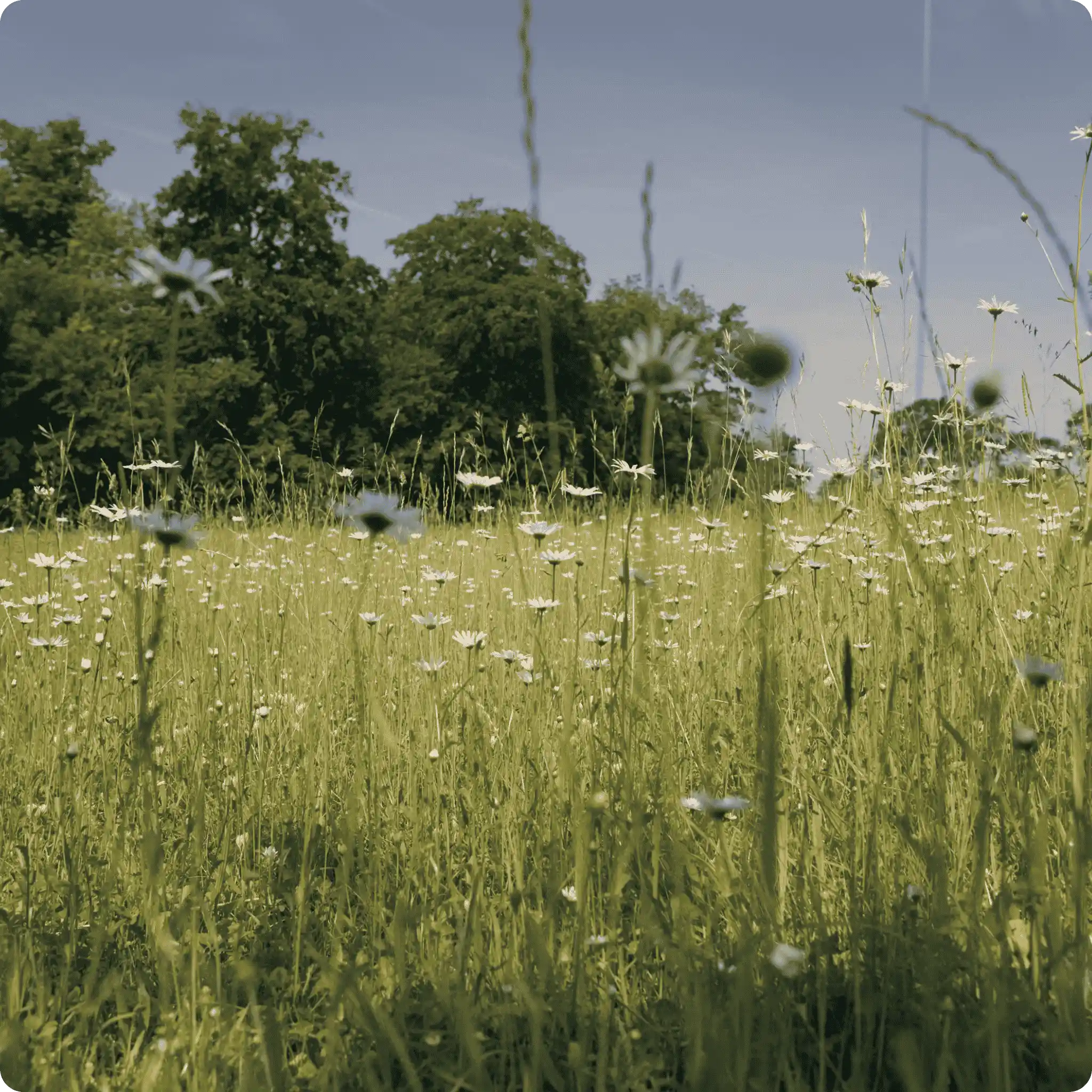
soil adaptations: thriving in poor conditions
One of the most remarkable attributes of wildflowers is their ability to thrive on nutrient-poor soils. Unlike competitive grasses or invasive species that dominate fertile grounds, wildflowers excel in environments where soil quality is compromised. This adaptation is partly due to their evolved mechanisms for nutrient acquisition, including mycorrhizal associations and efficient root structures that access sparse resources. Additionally, many wildflowers have developed resistance to soil disturbances, such as trampling or erosion, allowing them to persist in areas where more demanding plants fail.
the ecological paradox: delicacy amidst tough conditions
Wildflowers present an ecological paradox: their visual fragility contrasts with their ecological robustness. This duality is crucial for rewilding efforts, as it highlights the capacity of wildflowers to establish stable plant communities without overwhelming the landscape. Their role as pioneer species is essential, as they prepare the ground for later successional stages by stabilizing the soil, enhancing microbial diversity, and creating microhabitats for other flora and fauna.

conservation implications
Incorporating wildflowers into rewilding projects requires an understanding of local species and their soil preferences. Efforts to restore native wildflower meadows should prioritize seed sourcing from indigenous populations to maintain genetic integrity and ecological compatibility. Furthermore, managing invasive species that threaten wildflower diversity is critical to ensuring their long-term presence.
to conclude
Wildflowers embody a paradoxical combination of fragility and resilience, making them indispensable to rewilding initiatives. Their ability to flourish on poor soils, support pollinator networks, and facilitate ecological succession underscores their unique contribution to habitat restoration. Understanding and leveraging these attributes can significantly enhance the success of rewilding projects, ultimately fostering more resilient and biodiverse ecosystems.

